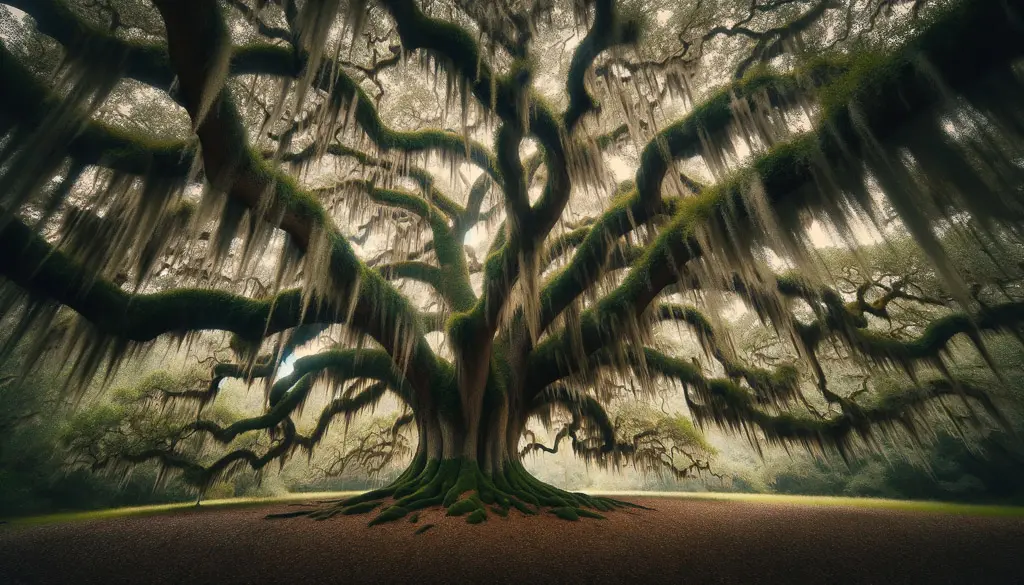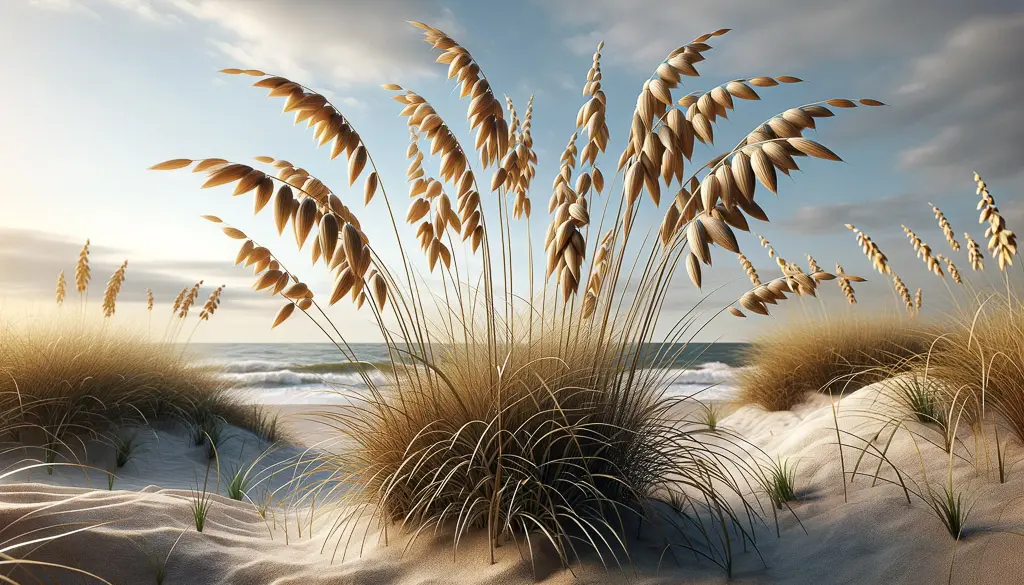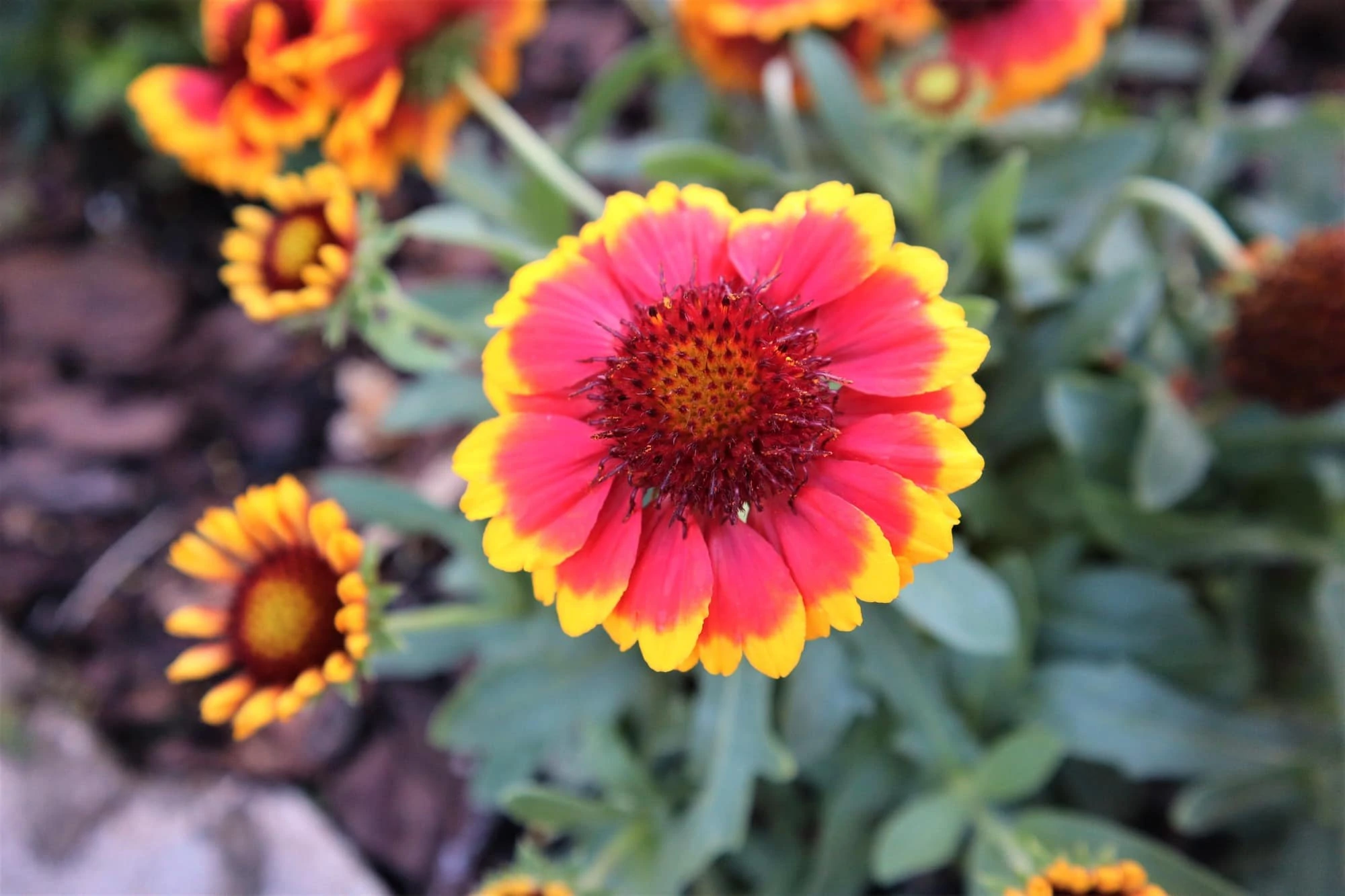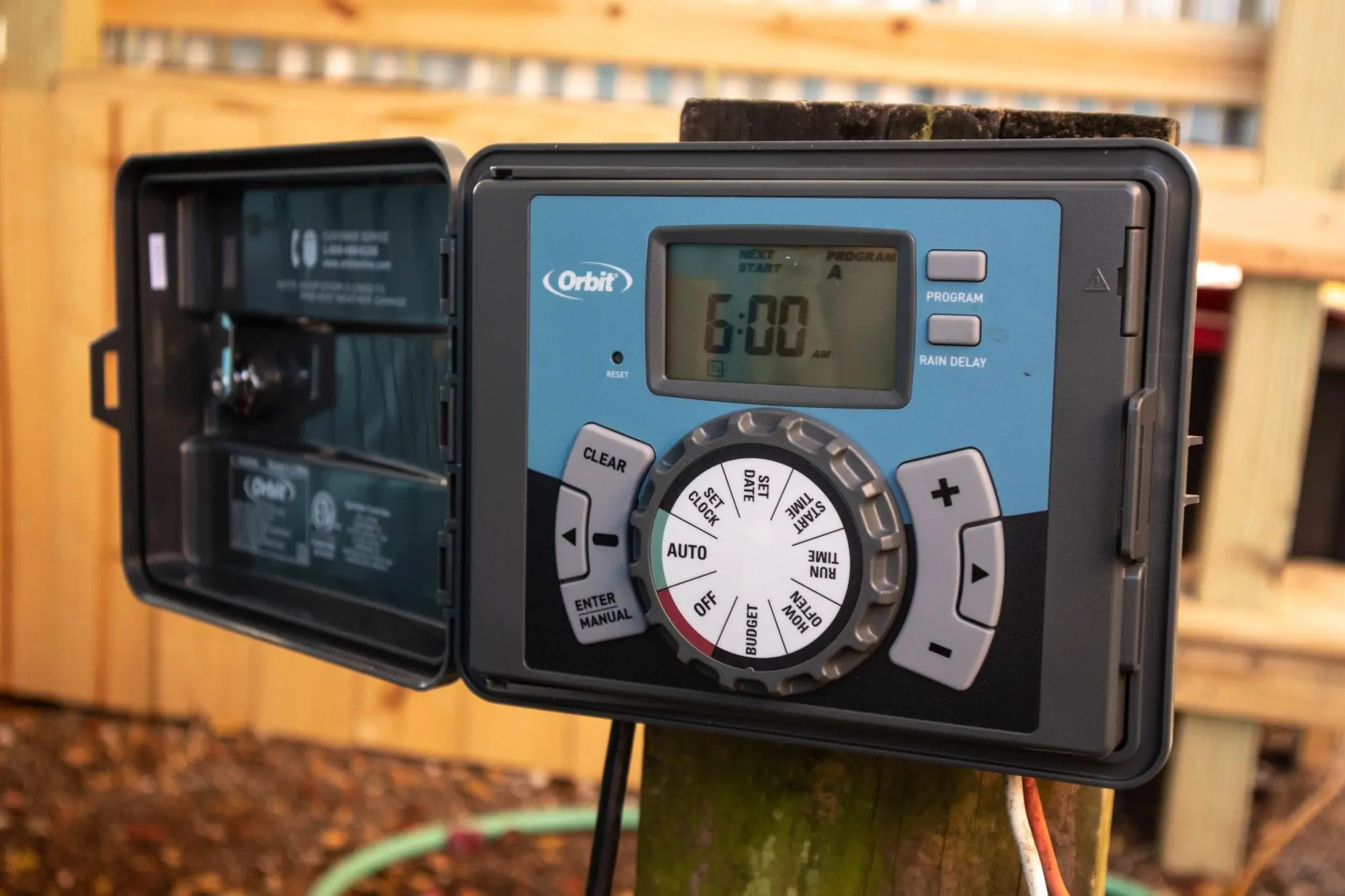by Amanda Rose Newton
Winter in Florida is a magical time when the Sunshine State enjoys cooler temperatures, making it the perfect season to enhance your garden with vibrant native plants.

Embrace the beauty of your surroundings by incorporating native trees, shrubs, grasses, and perennials that not only thrive in the winter months but also contribute to the unique biodiversity of Florida’s landscape.
Here are a few of our personal favorites that can be found in many local garden centers, including Rockledge Gardens!
Native Trees
Live Oak (Quercus virginiana):
Known for its sprawling canopy and iconic branches draped with Spanish moss, the Live Oak is a symbol of strength and resilience.

It also offers the benefit of year-round shade and is well-suited for various soil types.
Cabbage Palm (Sabal palmetto):
Florida’s state tree, the cabbage palm, boasts a striking appearance with its fan-shaped fronds.
Palms are not true trees from a botanical perspective, but we will bend the rules on this one. The cabbage thrives in well-drained soil and can withstand occasional drought, not to mention hurricanes.
Native Shrubs
Wax Myrtle (Morella cerifera):
Ideal for creating natural hedges, the wax myrtle is valued for its aromatic leaves.
Wax myrtles are adaptable to different soil types and provide essential food for wildlife in the form of berries and nectar.
Firebush (Hamelia patens):
Bursting with fiery red-orange tubular flowers, the firebush attracts hummingbirds, bees, butterflies, and the attention of the neighborhood.
The flowers are present all year long, too! The firebush flourishes in full sun and prefers well-drained soils. Our sandy soil is ideal!
Native Grasses
Muhly Grass (Muhlenbergia capillaris):
A breathtaking ornamental grass with delicate, airy, pink-purple cotton candy-like plumes. Also drought-tolerant, it thrives in our naturally sandy soils. During its non-flowering season, the light green and height add focal point interest to the yard.
Sea Oats (Uniola paniculata):
Essential for stabilizing coastal dunes, sea oats feature distinctive oat-like seed heads.

They thrive in the sandy soils of coastal areas and provide habitat for beach wildlife. It’s a great way to bring the summer vibes of the beach to your property.
Native Perennials
Blanketflower* (Gaillardia pulchella):
A cheerful perennial with daisy-like blooms in warm hues of red and yellow.

Also drought-tolerant, this showstopper attracts pollinators to your garden.
Coreopsis (Coreopsis spp.):
Known as the “Tickseed,” coreopsis showcases bright, golden-yellow flowers.
It is adaptable to various soil conditions and relatively low maintenance. While it doesn’t necessarily bloom in the winter, it also doesn’t involve needing to replant every year. Coreopsis also has the distinction of being Florida’s state wildflower.
Tips for Winter Gardening in Florida
Water Wisely
Adjust watering schedules to accommodate cooler temperatures and reduce the risk of overwatering. Plants are naturally more thirsty from March to October and take it easier in the winter months.

Mulch Matters
Apply a layer of mulch around plants to conserve soil moisture and regulate temperature. This tip is also beneficial for reducing the likelihood of fertilizer runoff.
Pruning Precautions
Trim dead or damaged branches to encourage healthy growth, but be mindful not to over-prune. As a general rule, do not take more than 20% off at a time.
Wildlife-Friendly Gardening
Encourage biodiversity by choosing plants that provide food and habitat for local wildlife. Many of the plants featured on the list offer berries, shelter, shade, and nectar for mammals, birds, and insects.
Transform your garden into a winter wonderland by embracing the natural beauty of Florida’s native flora. From the majestic live oak to the vibrant firebush, these plants not only withstand the winter chill but also contribute to the ecological richness of your surroundings. So go ahead, plant with purpose, and let your garden flourish in the enchanting embrace of Florida’s winter months. Happy gardening!
*Note that the blanket flower on the market today is likely not native. See https://www.fann.org/info/native-news/gaillardia-not-native-r-i-p-florida-friendly-blanketflower/ for more information.


